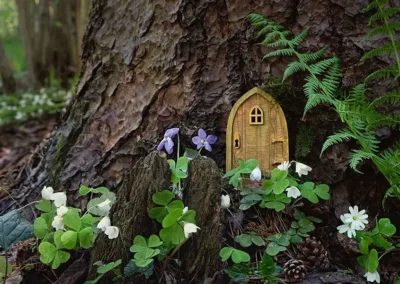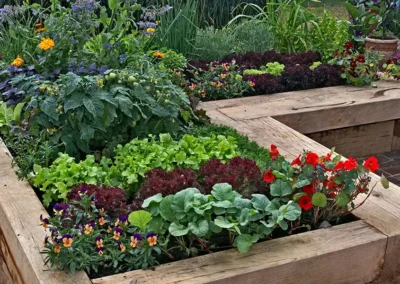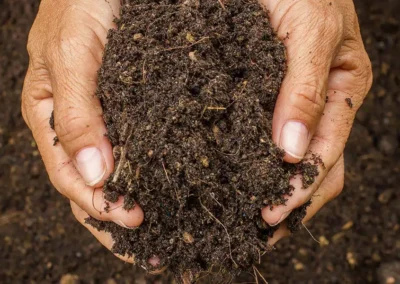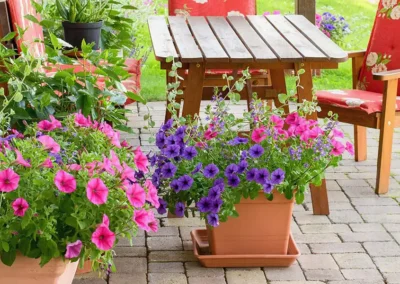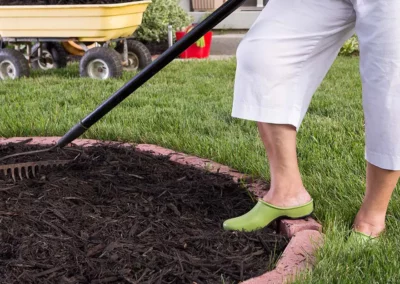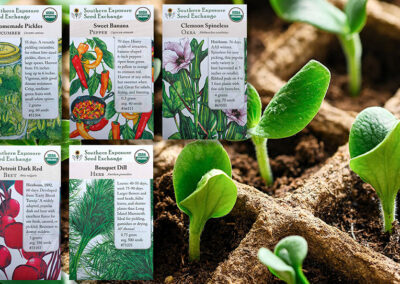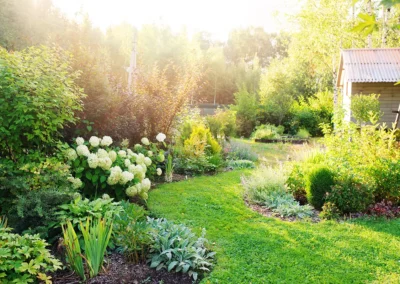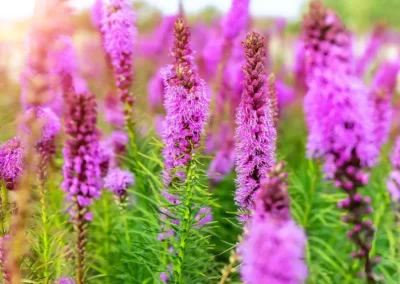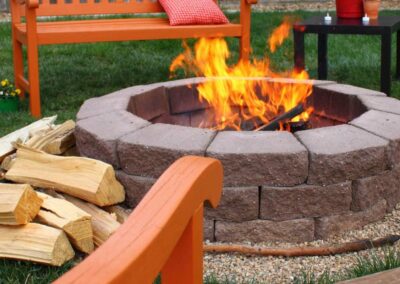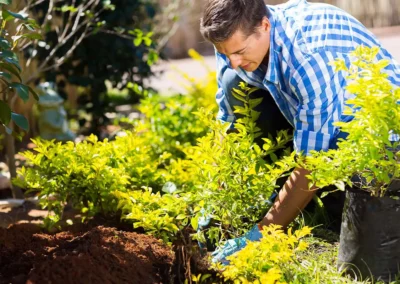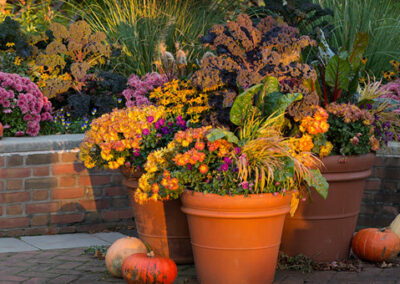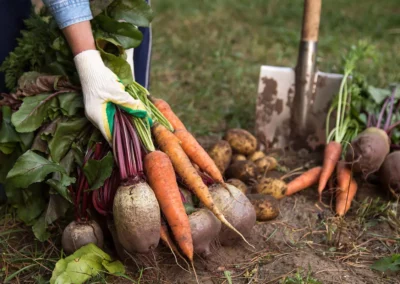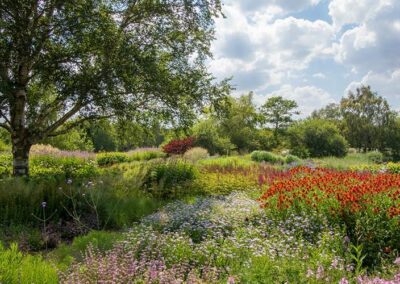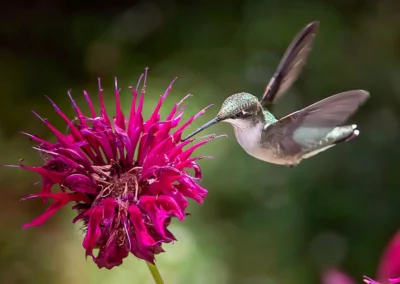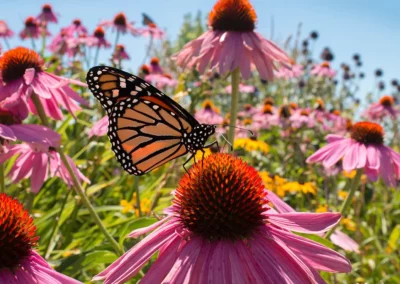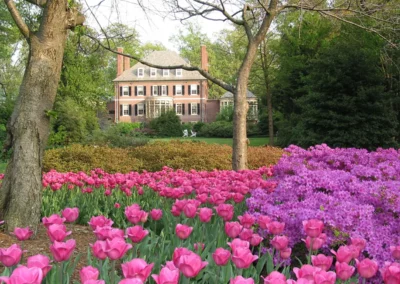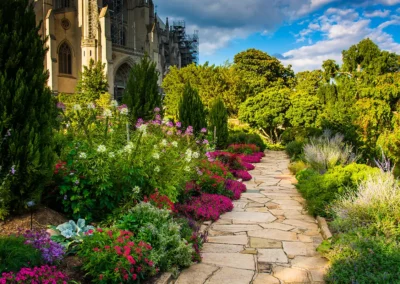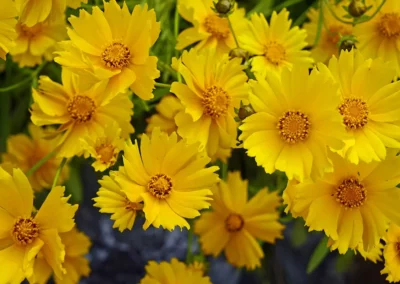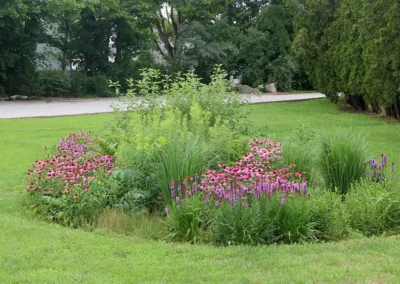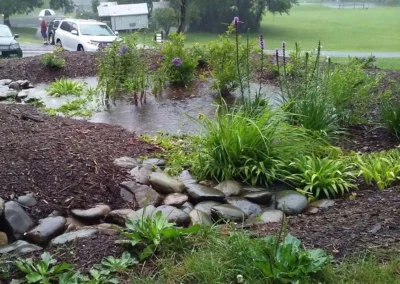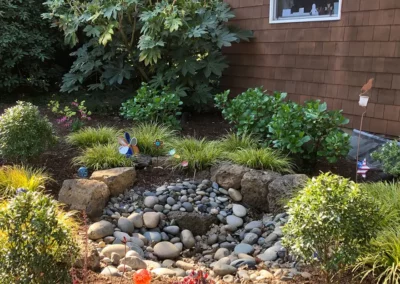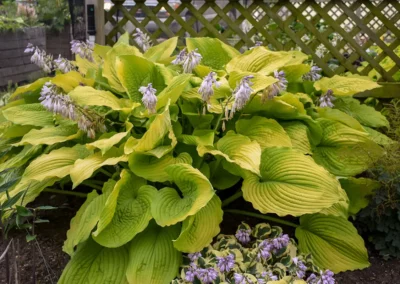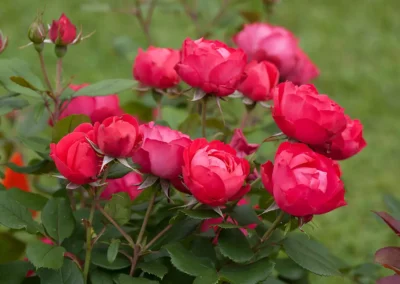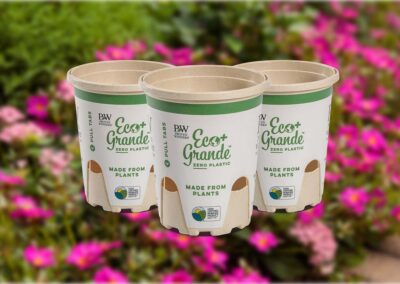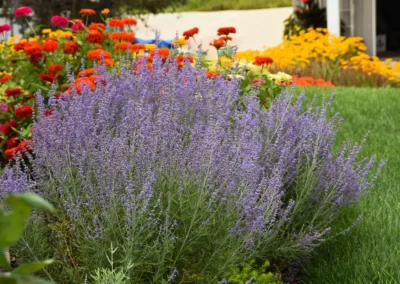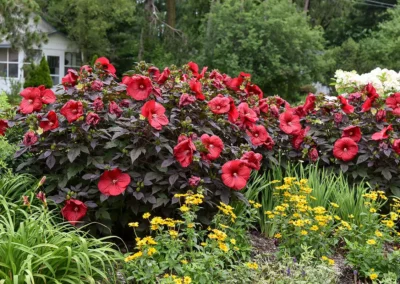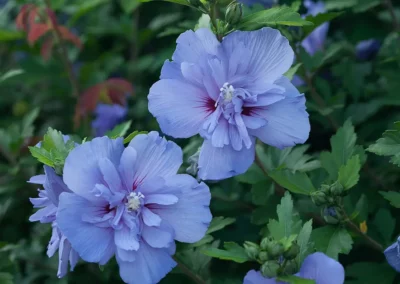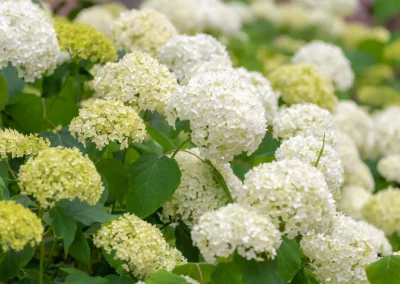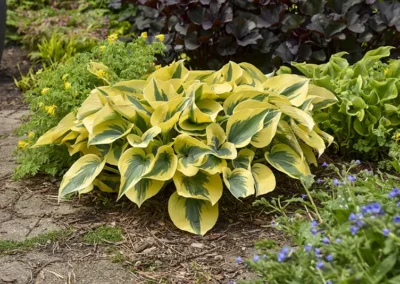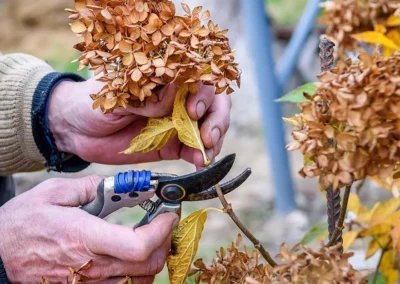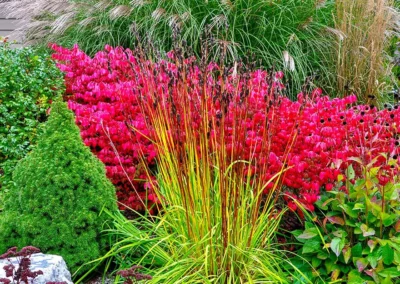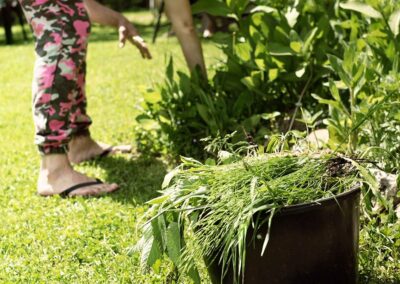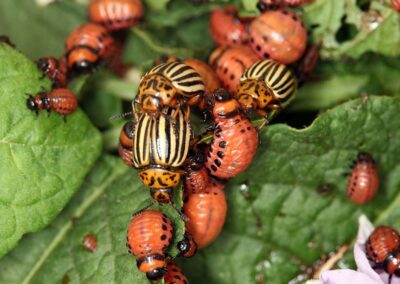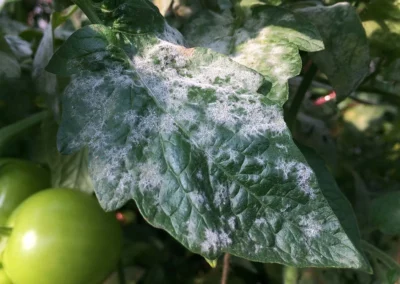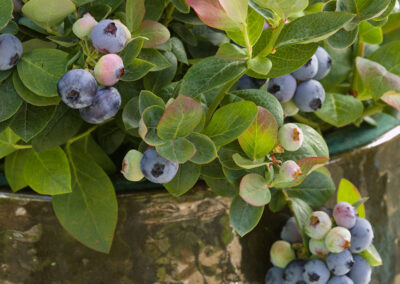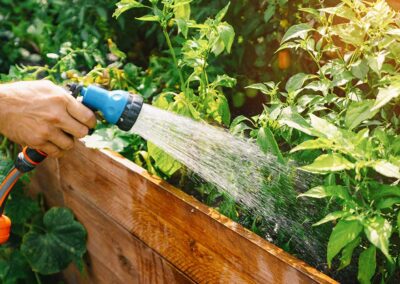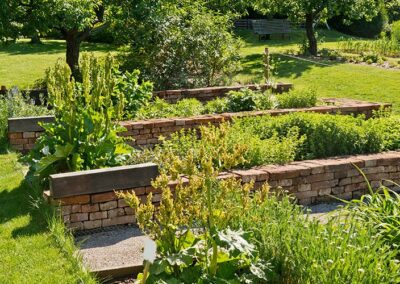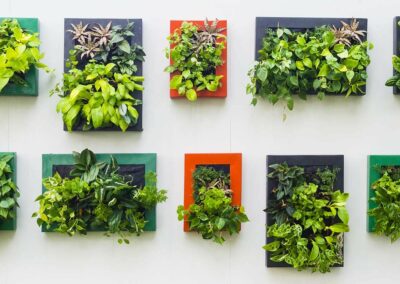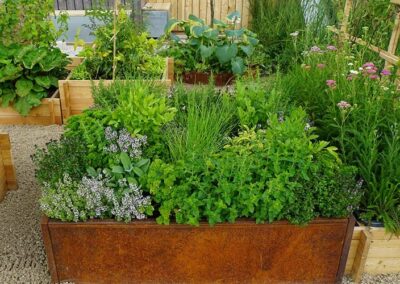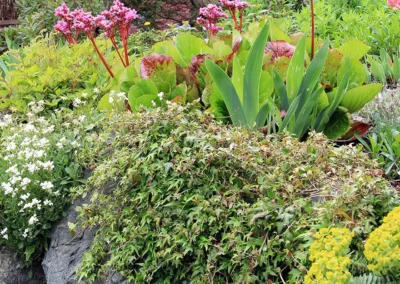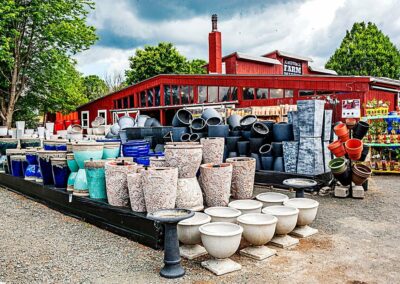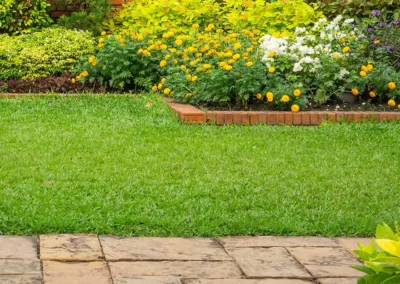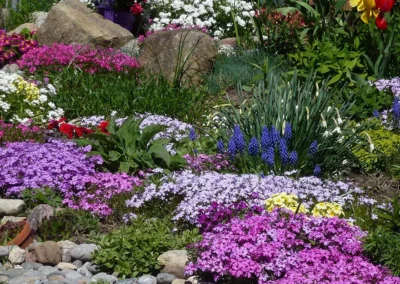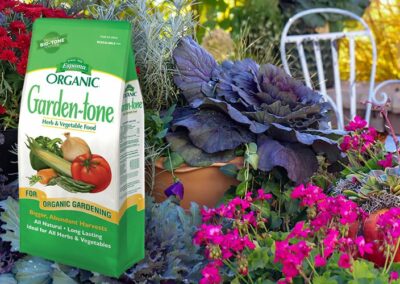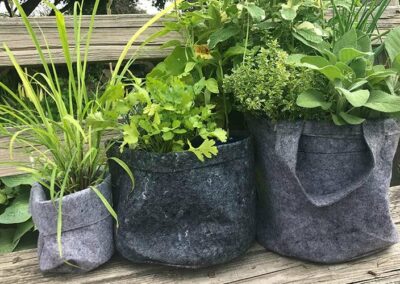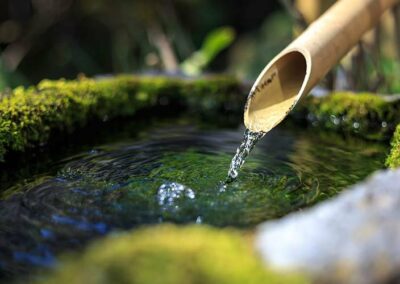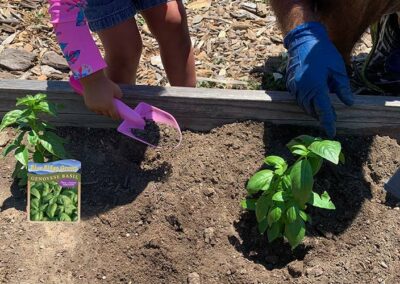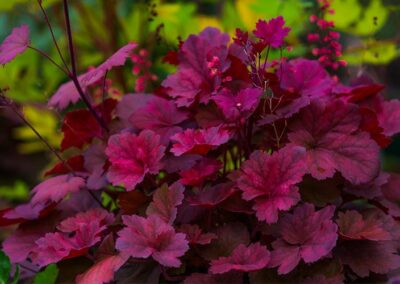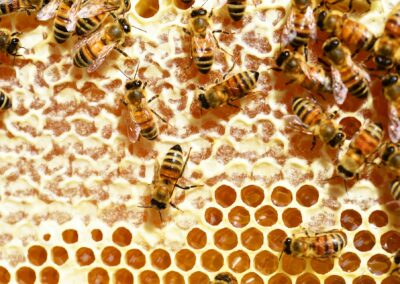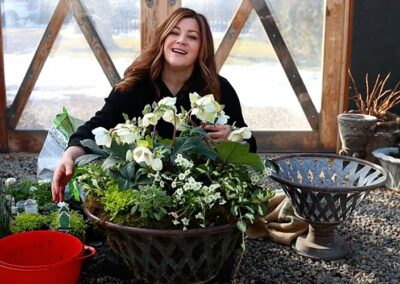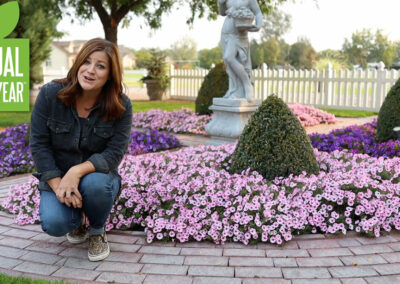Whether you’re just dipping your trowel into gardening or you’ve been nurturing flower beds for a while, there’s one simple, game-changing technique every gardener should know: mulching. If you’ve ever wondered why some gardens look effortlessly lush while others struggle, the secret might just be hiding in plain sight—right on the ground.
Let’s dig in (pun intended!) and explore the world of mulch: what it is, why it matters, how to use it properly, and how it transforms not just the look of your garden, but its health from the roots up.
What is Mulch, Exactly?
At its core, mulch is any material you lay over the surface of your soil. It can be organic—like shredded leaves, bark chips, straw, or compost—or inorganic, such as stones, rubber chips, or landscape fabric. While both have their uses, we’ll be focusing on organic mulch today, since it’s the gardener’s best friend for building better soil.
Why Mulch? The Three Big Benefits
- Moisture Conservation
One of the biggest reasons to mulch is water retention. Especially during the warmer months, soil can dry out quickly under the hot sun. A layer of mulch acts like a protective blanket, reducing evaporation and helping the soil hold onto moisture longer. This means you water less often and your plants stay hydrated and happy.
- Weed Suppression
Weeds love light, and when soil is bare, weed seeds get all the sun they need to sprout and take over. Mulch blocks that light, creating a dark, less hospitable environment for weed growth. While it won’t eliminate weeds entirely (wouldn’t that be nice?), it dramatically reduces the number of unwanted guests in your beds.
- Soil Health and Fertility
Organic mulch is a slow-release gift to your garden. As it breaks down over time, it feeds your soil with nutrients and encourages microbial activity. Think of it as compost in progress. A mulched garden becomes a living, breathing ecosystem—teeming with worms, fungi, and beneficial bacteria all working in harmony to support your plants.
What Happens in Healthy vs. Unhealthy Soil?
Let’s pause for a moment and imagine two gardens side by side.
Garden A is well-mulched with shredded bark and compost. The soil underneath is loose, crumbly, and dark like rich chocolate cake. Earthworms wriggle through it, and roots stretch deep and wide with ease.
Garden B has bare, compacted soil. The surface is cracked and hard. When it rains, water runs off instead of soaking in. Plants here are smaller, more stressed, and show yellowing leaves. Weeds pop up freely, and the soil smells… Well, it smells like dirt. Not earth.
The difference? Mulch.
Healthy soil, built over time through consistent mulching, becomes a sponge—holding water, absorbing nutrients, and giving plants the foundation they need to thrive. In contrast, unmulched, unhealthy soil becomes hostile. Water evaporates too quickly, roots struggle to grow, and beneficial life underground diminishes.
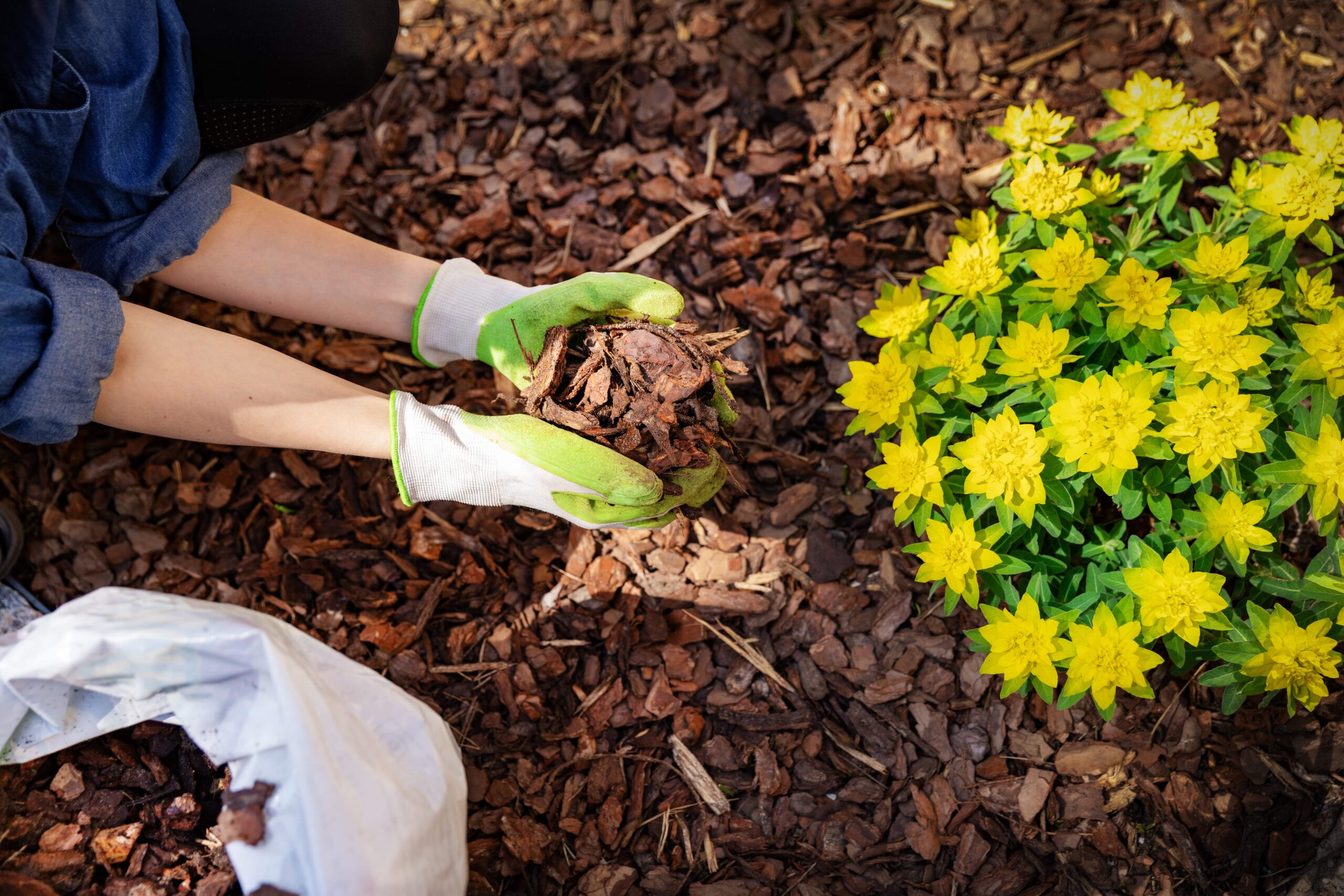
Shredded bark or wood chips work well as mulch in flower beds and around trees and shrubs.
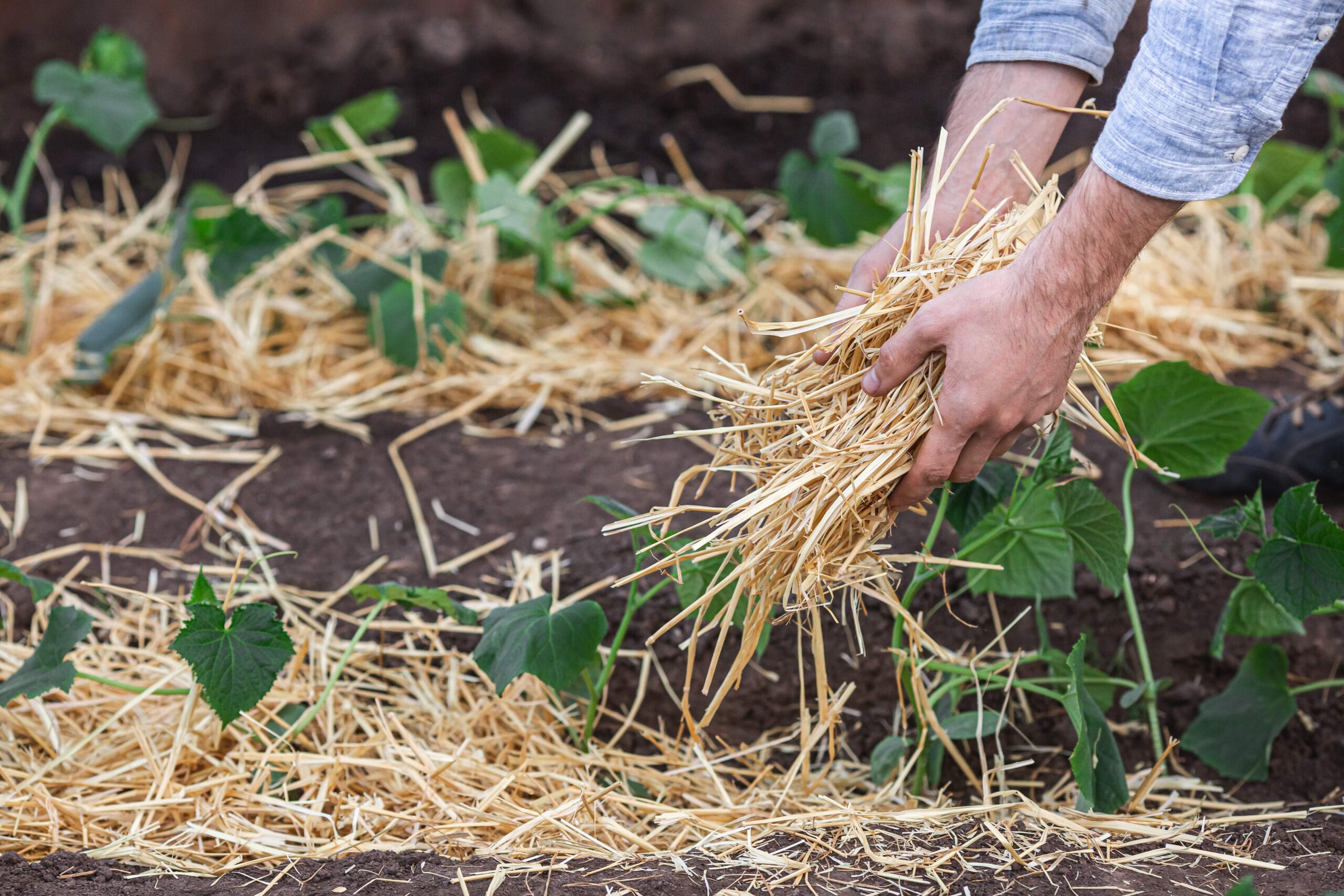
Straw is being used as mulch in this vegetable bed.

Be sure leaves are shredded and grass clippings aren’t applied too thickly.
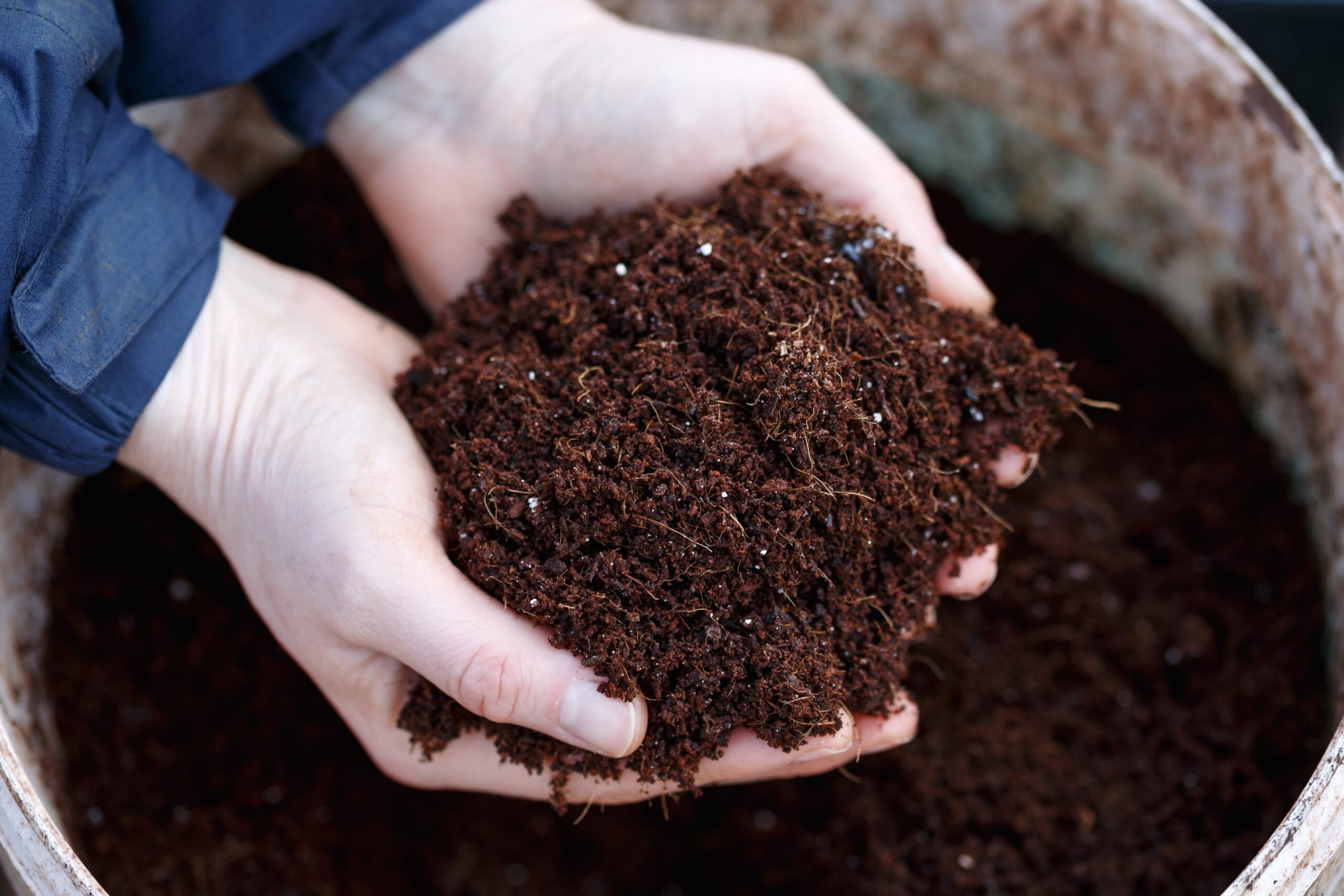
Compost is an ideal mulch, but needs to be replenished regularly.
Choosing the Right Mulch for Your Garden
Different gardens have different needs, and not all mulch is created equal. Here’s a rundown of common types and what they’re best suited for:
- Shredded Bark or Wood Chips
- Best for: Flower beds, around trees and shrubs
- Pros: Long-lasting, attractive, slowly decomposes to enrich soil
- Cons: May temporarily tie up nitrogen as it breaks down—avoid mixing directly into soil
- Straw (don’t use hay; it contains seeds)
- Best for: Vegetable gardens, annual beds
- Pros: Excellent at weed suppression and moisture retention, breaks down quickly
- Cons: Needs to be replaced yearly; be sure to use clean, seed-free straw to avoid introducing weeds
- Leaf Mold or Shredded Leaves
- Best for: Perennial beds, woodland-style gardens
- Pros: Free (hello, fall!), rich in nutrients, great for soil life
- Cons: May mat down and block water if not shredded first
- Grass Clippings
- Best for: Vegetable beds, compost piles
- Pros: Nitrogen-rich, easy to come by
- Cons: Can become slimy and smelly if applied too thickly; avoid clippings from lawns treated with herbicides
- Compost
- Best for: Everything!
- Pros: Adds nutrients directly, improves soil structure, helps retain moisture
- Cons: Needs to be replenished regularly; may not suppress weeds as well as coarser mulches
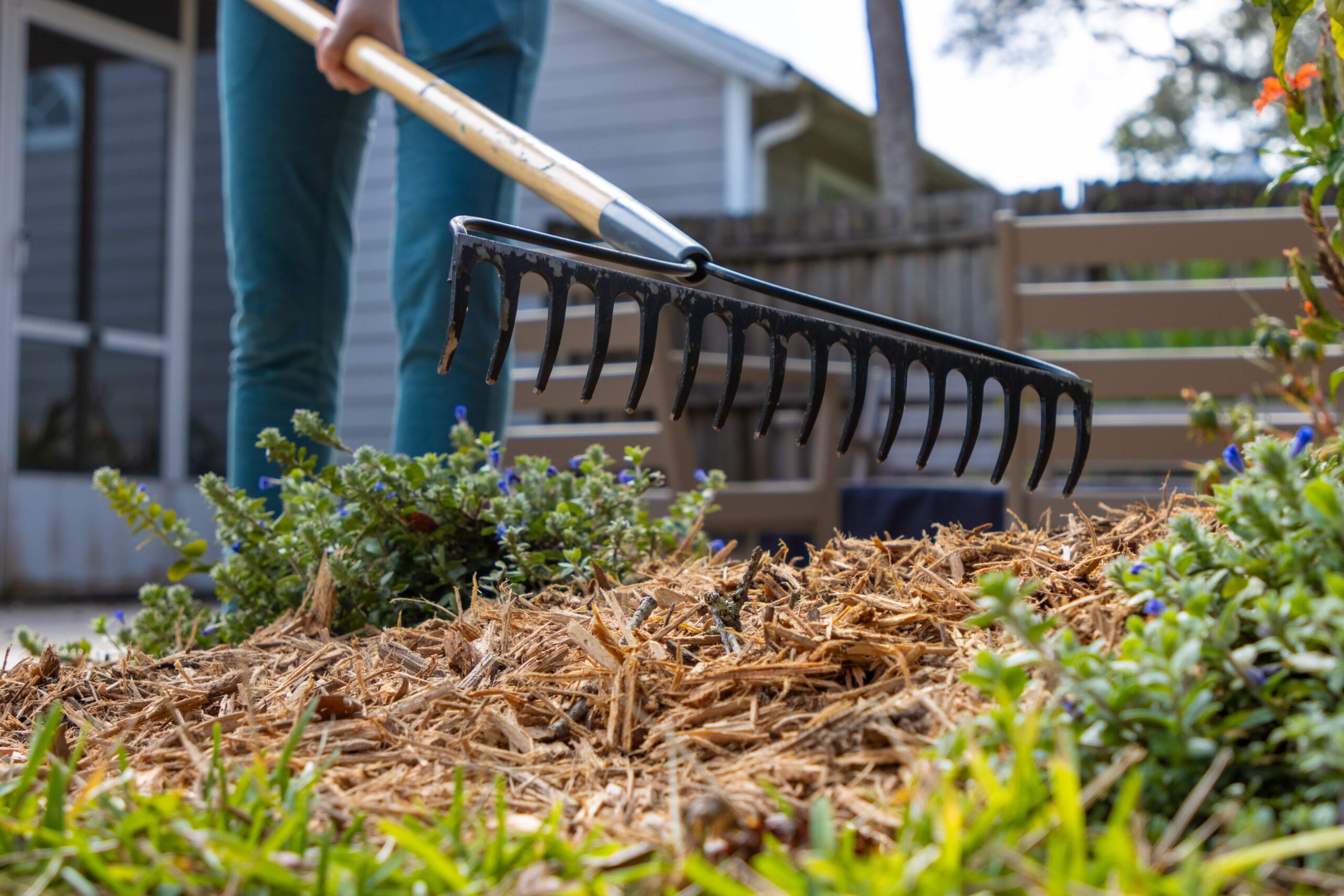
How to Apply Mulch the Right Way
Mulching isn’t just about tossing stuff on the ground. Done correctly, it can truly elevate your garden. Here’s how:
- Clear the Area: Remove existing weeds and water the soil thoroughly. Moist soil under mulch helps everything settle in nicely.
- Layer It On: Aim for two to four inches of mulch. Too little and weeds sneak through; too much can suffocate roots or retain too much moisture.
- Keep It Away from Stems: This is a big one! Pull mulch a few inches back from plant stems and tree trunks. Mulch piled up against plants can cause rot and invite pests.
- Top It Off Annually: Over time, mulch breaks down and thins out. Refresh your layer each year, especially in spring or fall.
Seasonal Mulching Tips
Spring: Wait until the soil has warmed before mulching. Applying mulch too early can delay the warming of soil and slow plant growth.
Summer: Great time to mulch for water retention. Your plants will thank you when the heat hits!
Fall: A thick layer of mulch helps insulate soil and protect roots during the winter. Think of it as tucking your garden in for a long nap.
Winter: In colder zones, mulch can prevent frost heave, where freezing and thawing pushes plant roots out of the ground.
The Bigger Picture: Mulch and Garden Aesthetics
Beyond all the practical benefits, let’s not forget—mulch just looks good. A freshly mulched bed gives a clean, finished look that makes your flowers pop and your paths more inviting. Whether you love the rustic charm of straw or the deep richness of cocoa-colored bark, mulch adds texture and contrast that enhances the visual appeal of your outdoor space.
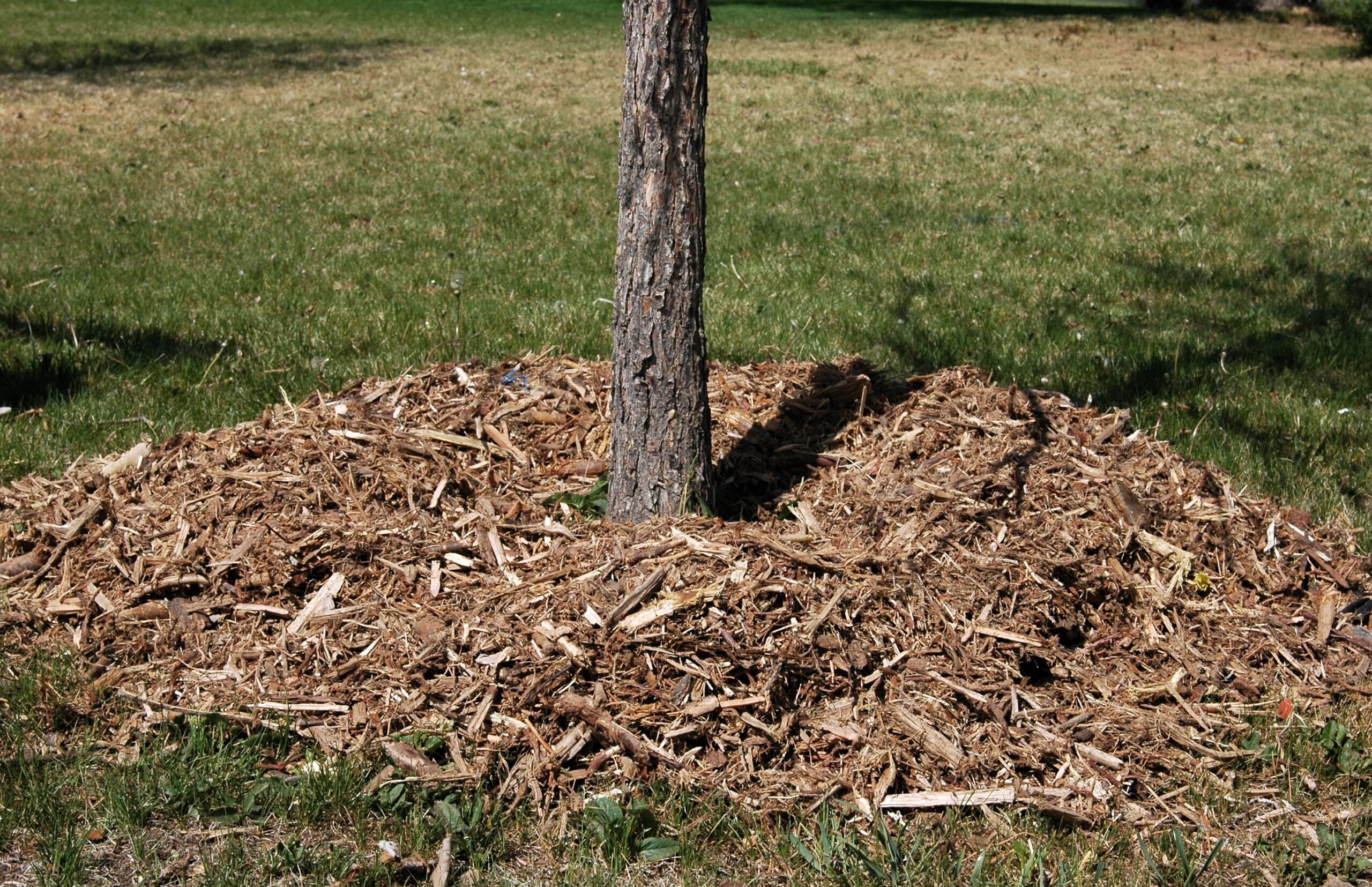
Troubleshooting Mulch Mistakes
Here are some common missteps and how to avoid them:
- “Volcano mulching” around tree trunks: This can trap moisture and cause rot. Always mulch in a donut shape, not a mountain.
- Too much mulch: More isn’t better. Heavy mulch layers can smother roots and prevent water from reaching the soil.
- Not replacing mulch: Organic mulch breaks down. If your garden beds are looking bare, it’s time to replenish.
- Using the wrong mulch for the job: For example, don’t use heavy wood chips in delicate seed beds—they can obstruct sprouting.
Mulch as a Long-Term Investment
Think of mulching as part of your garden’s self-care routine. It’s not a flashy step, but it lays the groundwork — literally — for healthier plants, easier maintenance, and more beauty with less effort. And over time, your soil will become richer, looser, and more full of life.
When your garden soil is thriving, your plants don’t just survive—they flourish. You’ll see it in deeper greens, more vibrant blooms, and vegetables that practically grow themselves. All because you gave your garden the gift of mulch.
So next time you’re in your garden, trowel in hand, take a moment to feel the soil. Is it dry, compacted, or bare? Or is it soft, cool, and rich-smelling under a cozy blanket of mulch? The answer might be the difference between frustration and flourishing.

